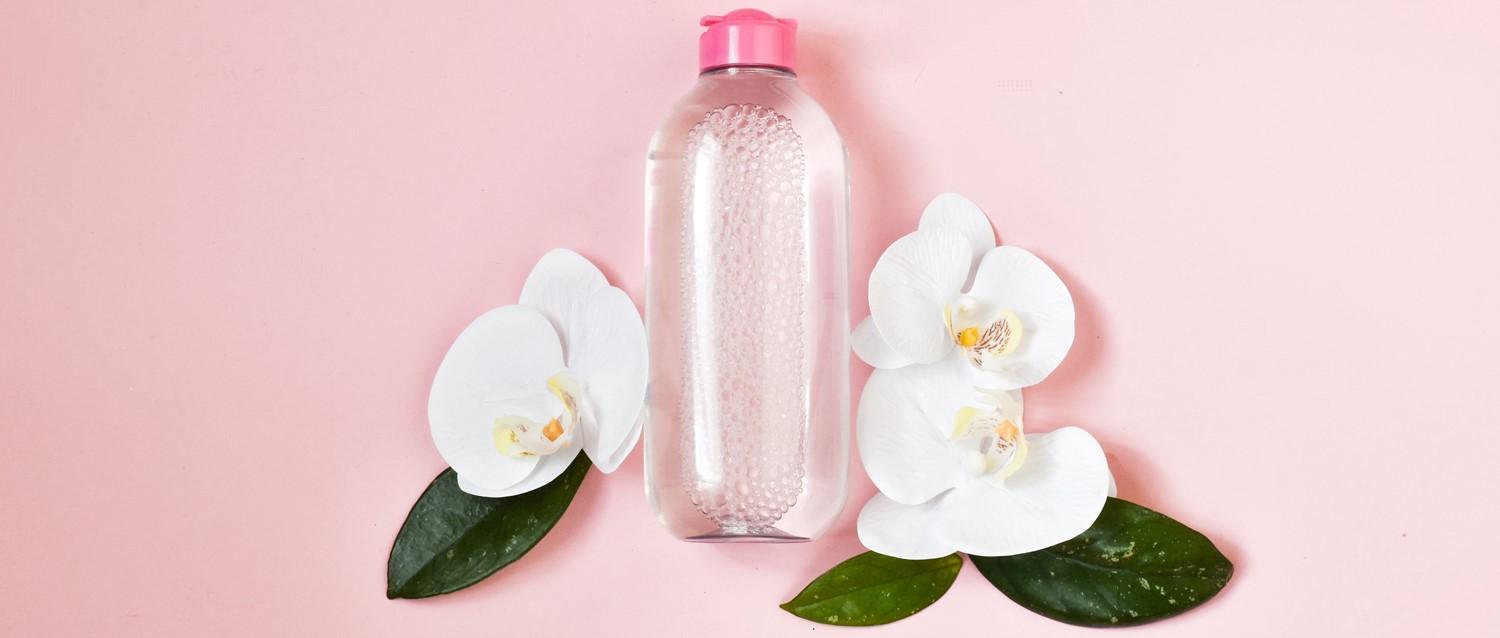
The best foods and nutrients to eat for healthy skin
Peer reviewed by Dr Krishna Vakharia, MRCGPLast updated by Victoria RawLast updated 7 Apr 2025
Meets Patient’s editorial guidelines
- DownloadDownload
- Share
- Language
- Discussion
It seems we go from fighting teenage blemishes, straight on to battling wrinkles. However, incorporating nutrient-rich foods into your diet can benefit your skin at any age. Here we take a look at some of the key nutrients for healthy skin and what you should be adding to your weekly shop to get them.
In this article:
Continue reading below
How do vitamins and nutrients affect skin health?
1. Wholegrain carbohydrates
You may know that choosing wholegrain varieties of bread, rice and pasta is better for maintaining your energy levels and also for their higher fibre content. There is some evidence that opting for these foods, which have a low glycaemic index (GI), can also be beneficial for the state of your skin, especially in cases of acne. However, it's yet to be confirmed whether the higher fibre content or weight loss from a healthier diet improves your skin.
How much do we need?
This will vary from person to person, depending on many factors such as age, sex and level of activity through the day. For the average adult, it is recommended that you consume a portion - roughly the size of your fist - of complex carbohydrates three times a day.
What to buy
Brown and wholegrain rice, bread and pasta.
Potatoes with skin on.
Wholegrain cereals.
Pulses and beans.
Continue reading below
2. Vitamin C
Vitamin C plays a role in collagen production and synthesis which keeps skin supple and firm. It also acts as an antioxidant to strengthen the skin barrier and reduce damage from the environment - such as pollution and sun damage. Many of the foods which contain vitamin C also contain carotenoids which could give your skin a healthy appearance.
How much do we need?
Men and women aged 15 years and older are recommended to have 40 milligrams per day.
What to buy
Here are some fruits and vegetables and their amounts of Vitamin C:
Red pepper = 96 milligrams.
Orange = 70 milligrams.
Kiwi fruit = 64 milligrams.
Broccoli, one portion = 51 milligrams.
Tomato =17 milligrams.
Potato = 17 milligrams.
Figures are from the National Institutes of Health.
3. Vitamin D
Many find that after a sunny holiday, or during the summer months, their skin seems to improve miraculously, with fewer spots and redness. This is because, as studies have shown, the so-called sunshine vitamin helps to reduce inflammation, particularly in skin conditions such as acne. Vitamin D has also been shown to play an important role in the regulation of new skin cells.
Our main source of vitamin D during the months of April to September is the sun. But the period from October to May leaves people who live in the UK deficient in this vital nutrient.
Although it can be difficult to get all that we need from our meals - and the government advises everyone to take a supplement in autumn and winter - there are some foods which can help us maintain it.
How much do we need?
10 micrograms or 400 units per day over the age of 1 year.
What to buy
Oily fish.
Fortified cereals and dairy products*.
Eggs from fortified chicken*.
*Check the labels for nutrients contained.
Continue reading below
4. Omega-3
Like vitamin D, omega-3 is thought to have a role in reducing inflammation, while also helping to prevent dry skin - keeping it soft and supple. There are also studies showing that meeting the daily omega-3 intake can also improve your skin's immunity to damage from the environment - and therefore could also reduce your chance of developing skin cancer in the future.
How much do we need?
There is no specific recommended dose of omega-3, but roughly two portions of oily fish - 140 grams fresh or 1 small can - a week, from the age of 12 years, should be enough.
What to buy
Oily fish: mackerel, salmon, sardines, crab, tuna (fresh or frozen).
Non-fish: flax seed, soy products, walnuts, rapeseed oil, green leafy vegetables.
5. Vitamin E
You may have seen vitamin E as an ingredient in our face creams, so why not get it working from the inside too? The hype about this vitamin, which has been going for more than 50 years, is there for good reason.
It is high in antioxidants which work to reduce cell damage caused by the environment. This slows the ageing process whilst also protecting your skin from UV damage. Studies have also found that vitamin E supports skin wound healing. So if you do have a spot breakout, consuming enough vitamin E could ensure it heals as quickly as possible.
How much do we need?
Women are recommended to consume 3 milligrams a day and men 4 milligrams per day.
What to buy?
Here are some foods and their Vitamin E content:
Wheat germ oil, 1 tablespoon = 20 milligrams.
Sunflower seeds, a handful = 7.4 milligrams.
Sunflower oil, 1 tablespoon = 5.6 milligrams.
Peanut butter, 2 tablespoons = 2.9 milligrams.
Broccoli, ½ cup = 1.2 milligrams.
Figures are from the National Institutes of Health.
Signs of poor skin health - skin allergies and diet
More than 10% of children experience eczema and parents are always looking for ways to resolve it naturally, through diet.
Studies have found that, on average, food allergy plays a role in eczema in one in three children with moderate or severe eczema. The proportion of children affected varies with their age, and they often grow out of it. However, research has shown that food allergies causing eczema is not a common trigger in adults.
When to see a doctor about skin health
If you are concerned about your child's skin health it may be worth speaking to your doctor about allergy testing for the following foods.
Eggs.
Peanuts.
Soy.
Wheat.
Fish.
Tree nuts.
The bad stuff
As you might expect, there are also foods and nutrients which have been found to inhibit skin health.
Sugary foods
The primary cause is sugary foods, which often fall into the category of high GI. Having a high level of sugar in your blood is thought to speed up visible skin ageing, including fine lines and wrinkles.
Researchers believe that this is because high levels of sugar in your blood cause an inflammatory state in your body which can increase the rate of skin ageing. So avoid refined, proceeded foods and instead stock up on fruit, vegetables and oily fish.
Additives
Contrary to popular belief, there is no real evidence to show that additives have any significant effect on skin health. So, there is no need to trawl through the list of ingredients, all in aid of better skin. However - for other health reasons, it's still worth avoiding synthetic additives such as artificial sweeteners, E numbers, or food colourings.
Patient picks for Skincare

Skin, nail and hair health
Micellar water: skincare benefits and uses
Micellar water has become quite the trendy skincare product over recent years, with people swearing by it for various stages in their routine. But what exactly does it do and what are the benefits of micellar water?
by Emily Jane Bashforth

Skin, nail and hair health
Is aloe vera good for your skin?
Aloe vera has long been a popular wellness choice for its calming and moisturising effects. Whether harvested directly from the plant itself or bought as a ready-made product, it's a top contender for promoting healthy skin. But what exactly makes this fleshy green succulent so good for our complexion?
by Victoria Raw
Continue reading below
Article history
The information on this page is peer reviewed by qualified clinicians.
Next review due: 7 Apr 2028
7 Apr 2025 | Latest version
6 Nov 2017 | Originally published
Authored by:
Rose Constantine Smith, ANutr

Ask, share, connect.
Browse discussions, ask questions, and share experiences across hundreds of health topics.

Feeling unwell?
Assess your symptoms online for free
Sign up to the Patient newsletter
Your weekly dose of clear, trustworthy health advice - written to help you feel informed, confident and in control.
By subscribing you accept our Privacy Policy. You can unsubscribe at any time. We never sell your data.